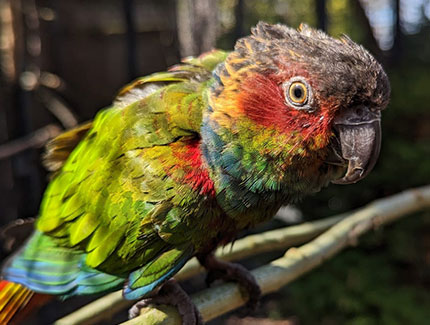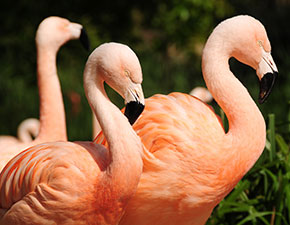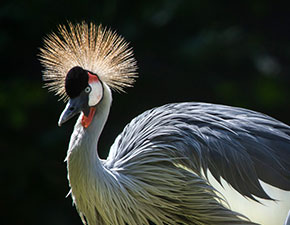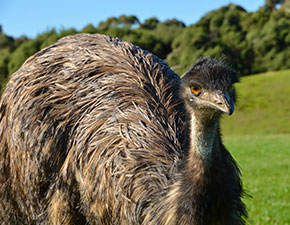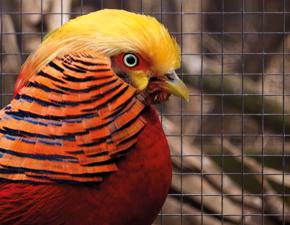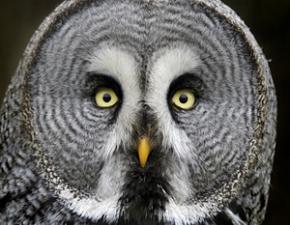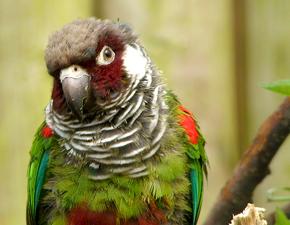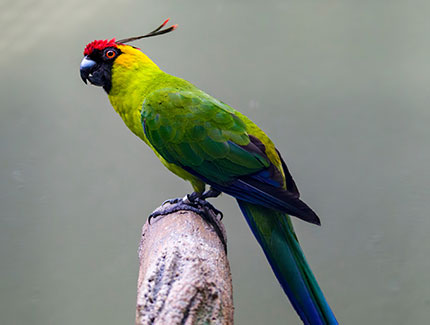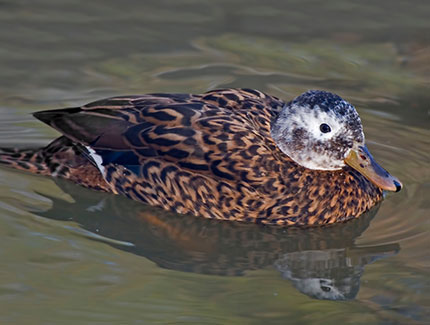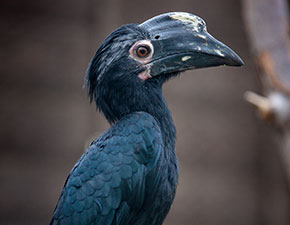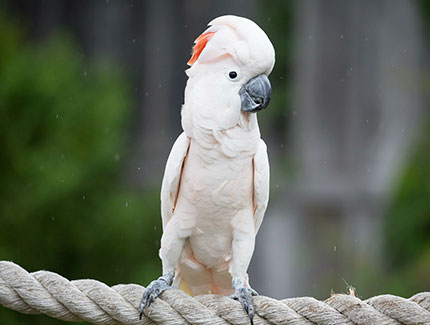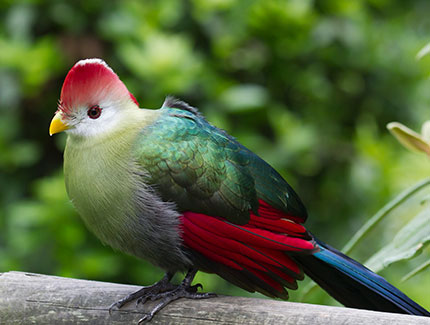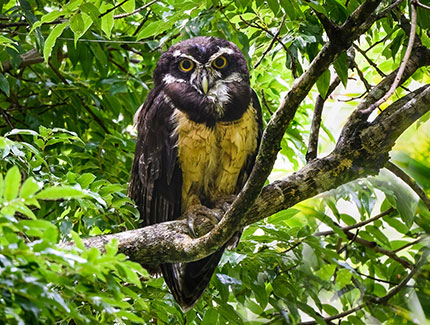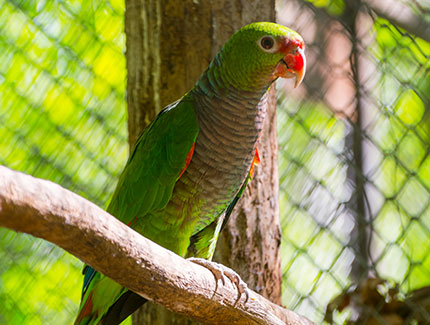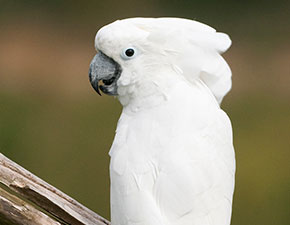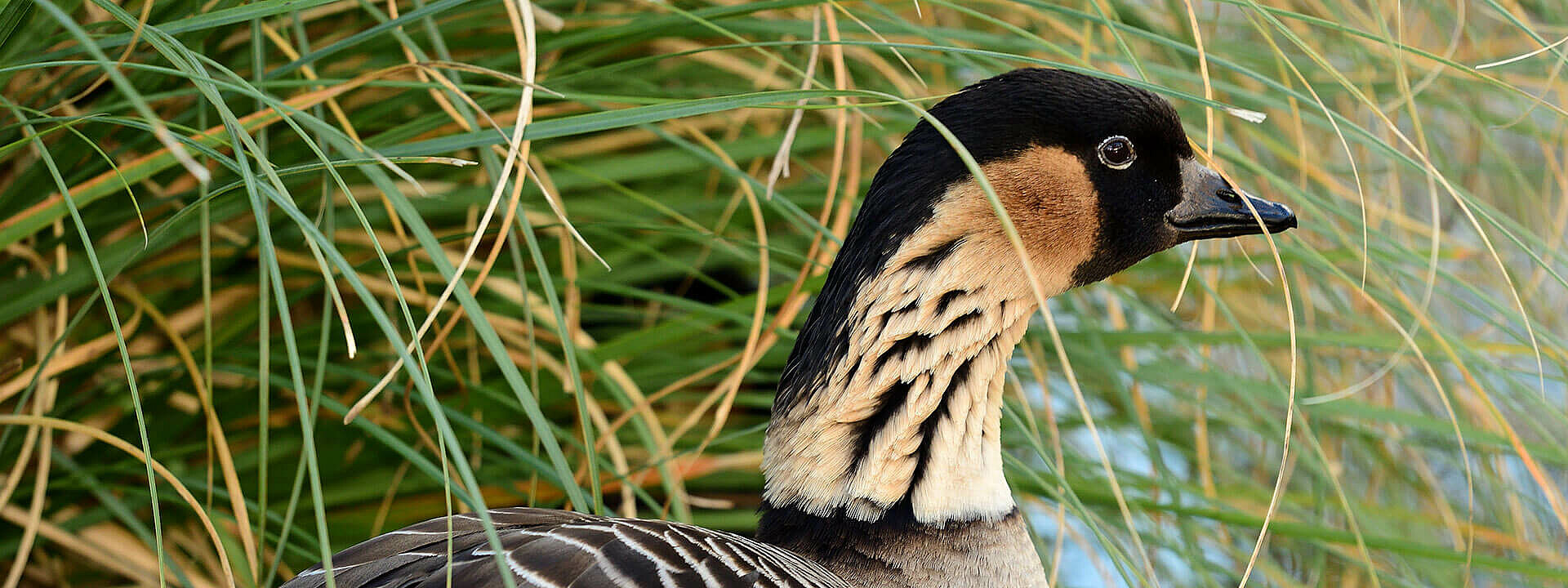
Hawaiian Goose
Branta sandvicensis
IUCN red list status:
Vulnerable
For more information, please visit iucnredlist.org

Hawaiian Geese live on the Hawaiian Islands of Hawaii, Maui, Molokai and Kauai.

They feed on lava field vegetation such as dry grasses, shrubs, herbs, leaves and berries.

Hawaiian Geese can live up to 20 years.

Nests are usually located in vegetated areas surrounded by recent lava flows, with three to four eggs laid. Females will incubate the eggs between 29 to 32 days.
Hawaiian Goose
About the Hawaiian Goose
The Hawaiian goose is the rarest goose in the world. Its wings are not strong because it does not migrate, in fact it does not fly outside Hawaii. As it hardly ever swims, its feet are just partially webbed. Instead, its toes and legs are longer than those of other species, which enables it to climb over the rocky terrain of Hawaii and to walk without waddling, as geese typically do.
The Hawaiian goose today is most found in and around the Hawaii Volcanoes National Park, and on Maui in Haleakala National Park. These geese are grazers, which are associated with lava fields vegetated with a dry grass. Most of their dietary water intake need is probably met via the consumption of berries.
Did you know?
Hawaiian Geese are the official State Bird of Hawaii. Their native Hawaiian name Nēnē originates from their distinctive and soft “nay-nay “call, can you hear it?

